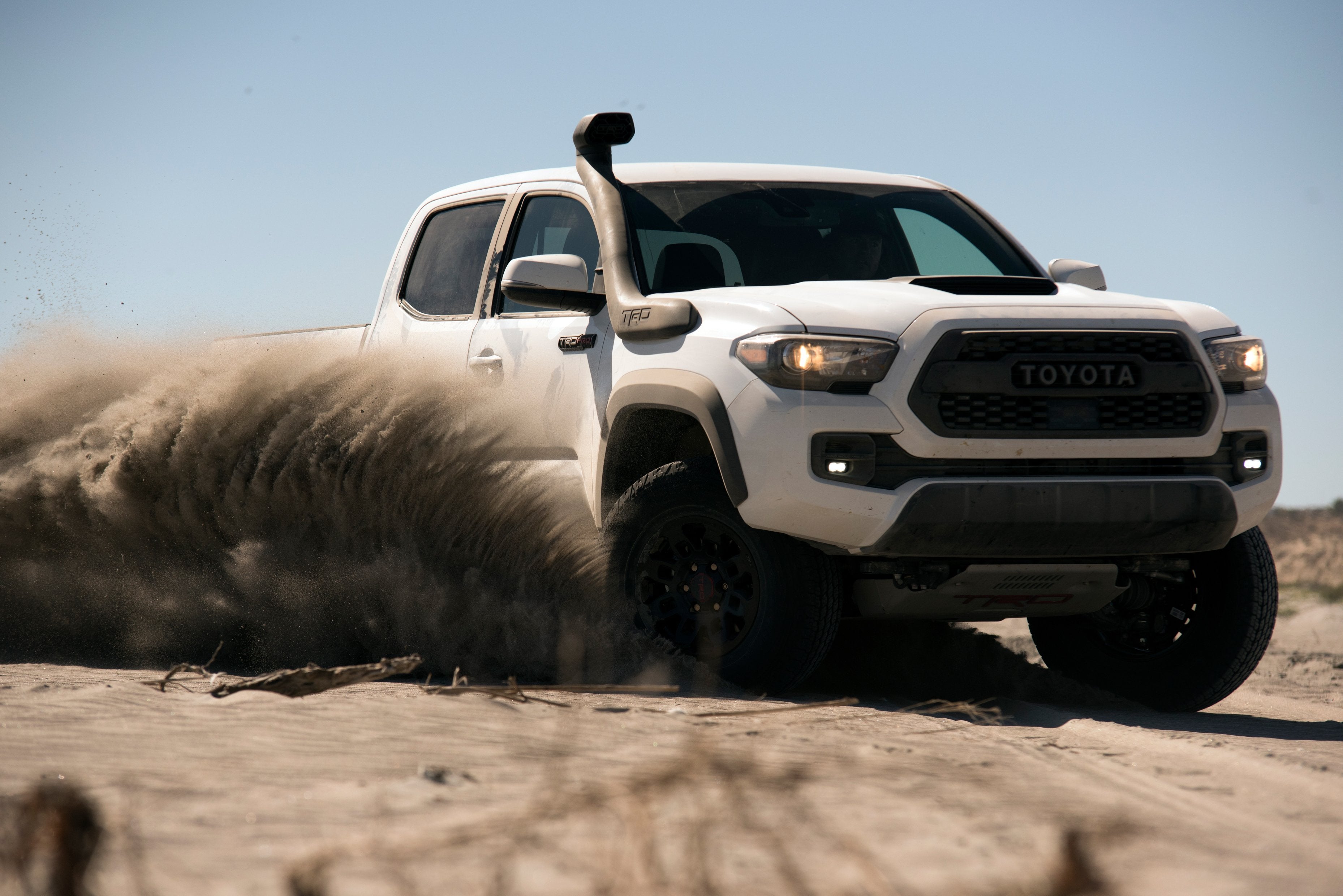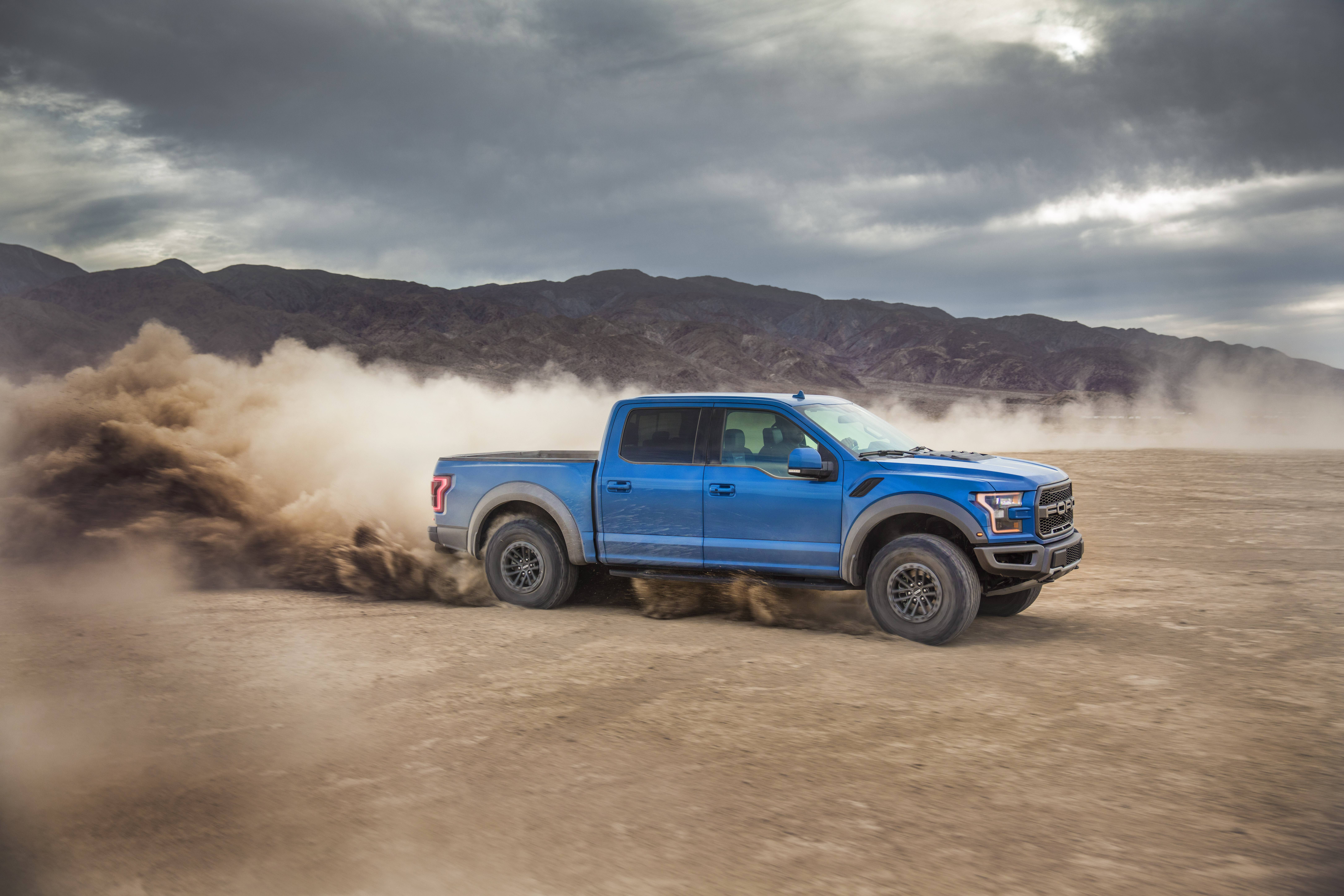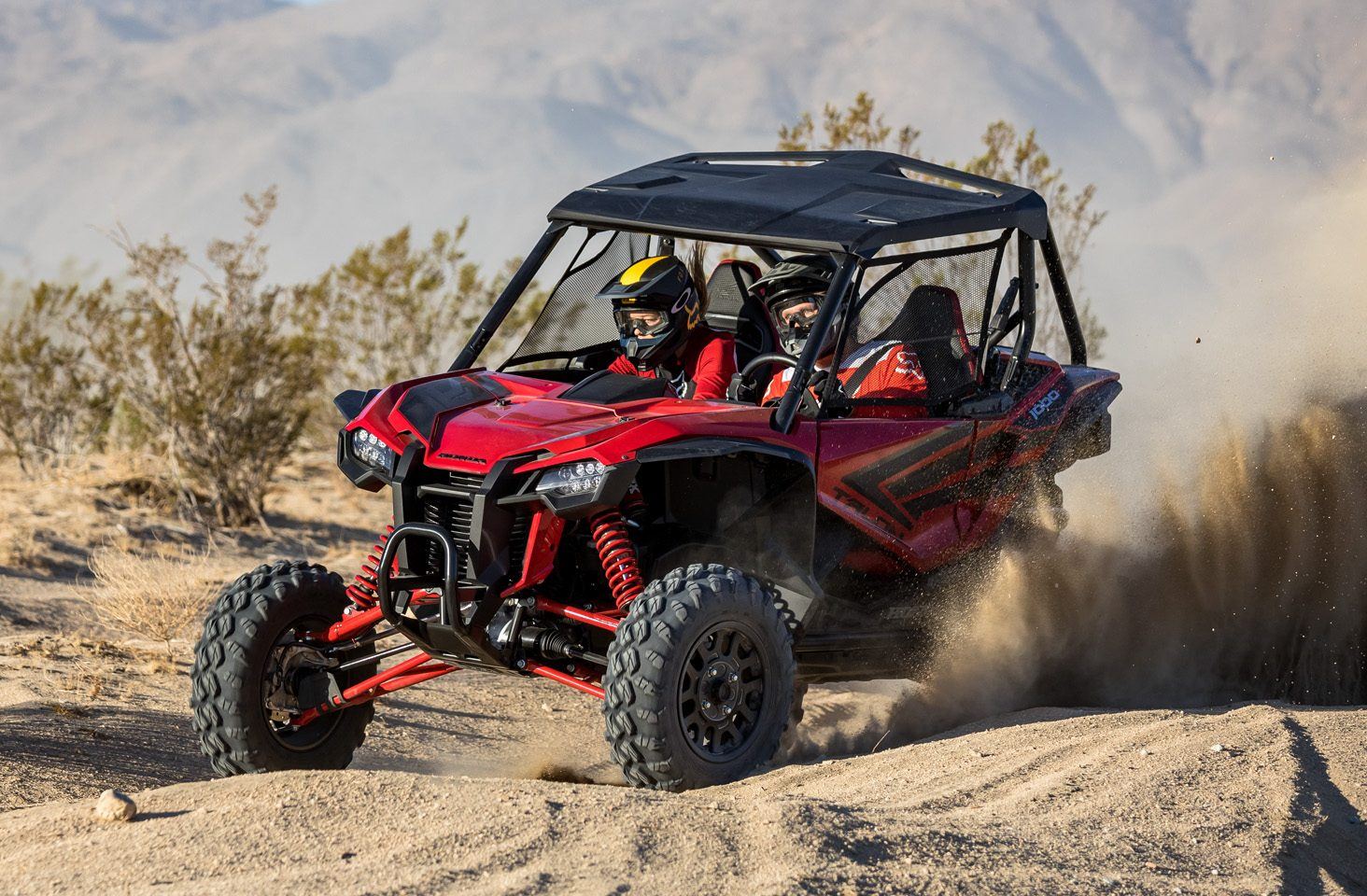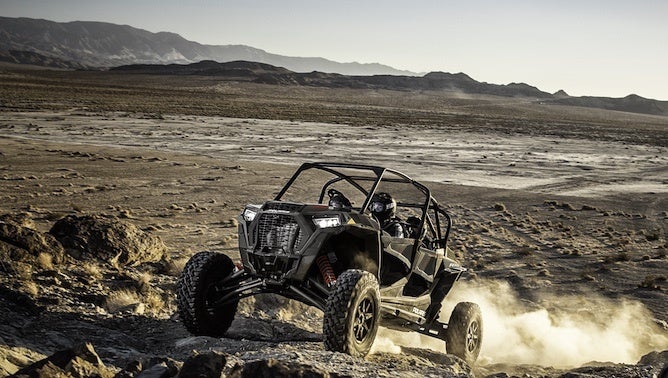Fans of the off-road lifestyle should have a lot to be excited about.
According to a new research report by Global Market Insights, a group which apparently studies seemingly random things, the market size of the off-road industry in this country is set to surpass $13.5 billion by 2024.
Why should you care about a dry report likely generated from within a stuffy, windowless conference room? Because if these projections are anywhere close to accurate, and we have no reason to believe they are not, off-road gearheads are in for a few good years of new product.

The group cites a combination of increased discretionary spending and improving economic conditions as factors contributing to an increasing participation in outdoor activities, expanding the U.S. off-road vehicles (ORVs) market size. The growing participation in stuff like adventure activities such as rock crawling and wheeling will propel likely fuel industry growth over the next five years.
ALSO SEE: Buyers Guide: The 10 Best Polaris RZR Accessories and Upgrades
The eggheads have a point. We are currently enjoying a selection of factory-built rigs the likes of which we’ve never seen before. Not only does Chev have the ZR2 but they built on the premise with the Bison. Toyota is busy expanding the TRD Pro line beyond its pickup trucks, not to mention the Trailhawk efforts over at Jeep (and the massive success of Jeep as a whole). Ford’s Raptor remains a dandy toy and, if rumours are correct, the new Bronco will be a blast off-road with its squared-off styling and removable top.

This doesn’t even mention all the high-powered SxS and ATV units currently being brought to market by the likes of Polaris and Can-Am, for example. Not that long ago, the RZR Turbo S would’ve been nothing more that a pipe dream; now, we’ve several iterations of the thing. Ditto for the Maverick and all its variations.
These rigs aren’t your grandfather’s Honda Big trike, either. OEMs continue to push the envelope of livability with off-rod rigs. Consider the Prowler Pro, built with whisper-quiet technology for noise-restricted areas. The adoption of advanced technologies such as mobile tracking and Bluetooth connectivity will draw in new customers, too.

The study goes on to say the government is taking initiatives to enhance participation in recreational activities, also boosting our niche in the world. For instance, the U.S. Recreation Government in partnership with the Bureau of Land Management, National Park Service, and the U.S. Forest Service provides around 3,000 facilities for activities including camping, hunting, and trailing. Organizations such as California State Parks are launching a Grants & Cooperative Agreements Program to promote OHV adaption. Arizona is expected to see steady growth in this area owing to newly-flexible regulations; for instance, Arizona allows the usage of California-registered vehicles in its state parks.
A shift in demographics will also help. Texas should see strong growth with the increasing youth population participating in ORV activities. According to the U.S. Census Bureau, in 2017, the under-18 population rose to 7.37 million, an increase of over 4.5% compared to 2013. The growing youth population will likely help propel the off-road industry to new heights over the next five years. Keep in mind that Texas law allows people under-14 to drive ATVs under supervision, positively influencing the product demand.
And this is without mentioning advances in safety, national programs to build trails, and the general competitive spirit of the industry’s big players to inherently want to one-up each other. Whatever reason one wants to choose, it’s clear there’s never been a better time to be an off-road gearhead.

 Your Privacy Choices
Your Privacy Choices